It’s Business 101: the lower your restaurant costs, the higher your profit at the end of the day. From payroll to marketing, there’s a long list of costs that every business owner needs to stay on top of.
But for restaurant owners, food costs are one of the top expenses that need the most attention.
This is true year-round, as your business experiences the ebb and flow of the seasons, and the price of ingredients fluctuates.
That’s why it’s mission-critical for restaurant owners and managers to be able to calculate the cost of the food they’re serving, down to each of their recipes and the ingredients inside them.
Let’s discuss the food cost percentage, why and how you should be tracking your costs and some tips for keeping your expenses down so you can maximize profitability.
What is food cost and food cost percentage?
In basic terms, food cost is the amount of money you’re paying to purchase the ingredients needed to make your restaurant’s dishes.
The food cost percentage is an industry standard for showing your food cost in relation to how much money you’re making.
To calculate your actual food cost, you need to calculate the “ideal food cost” against your “actual food cost.”
Ideal food cost is what it would cost in an ideal world, where there’s no waste or loss. When you compare the two totals, you’ll see what can be improved.
The ideal food cost percentage formula is simple: it’s the dollar-value cost of raw ingredients (also called cost of goods sold or COGS), divided by the dollar-value of your total sales revenue made on that food. Then you multiply that number by 100 to get a percentage.
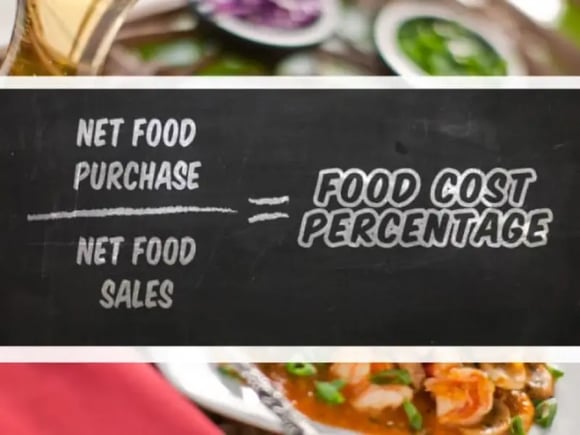
Here’s a basic example. Say that you want to measure your ideal food cost for a fettuccine alfredo dish on your menu. You pay $7 for the ingredients ($3 for the pasta and $4 for the sauce), and sell the dish for $18.
7 ÷ 18 = .38
Multiply by 100 = 38%
This means that your ideal recipe cost is 38% of the total hamburger revenue, which translates to 62% profit.
Note: There’s a more complex method to calculate your “actual food cost.” Keep reading for more on these technical details and a complete formula.
In general, your food cost percentage should be somewhere between 25% – 35%. So in this example, the restaurant owner might want to cut their costs by finding more affordable ingredient suppliers, increasing the cost of the dish, or other ideas that we’ll discuss later.
Reasons for tracking food cost
Tracking your food cost in some way is a critical component of running a successful business. The top three costs for restaurants are typically rent, staff pay, and food costs – it’s tough to have a solid understanding of your business and its profit potential without understanding how much you’re spending to operate it.
You should track food costs because it will help you understand:
- How you’re performing in comparison to other restaurants in your niche
- How profitable each dish is, and therefore if it’s worth keeping on your menu or tossing for a potentially better idea
- How your business is performing overall, and how you can improve it based on your food offerings
- If something is wrong: like portions that are too big, excessive food waste, or stolen ingredients from your staff
What is the difference between food cost and recipe cost?
Food cost is a more general term that can cover the cost and profit margins for all of your restaurant’s dishes. However, it’s recommended that you opt for calculating recipe cost instead.
By seeing the food cost percentage for every item on your menu, you can make better decisions on which items should stay and which should go.
For example, if you have a chocolate tart with a 50% food cost percentage, you might want to consider buying ingredients from a different supplier or removing the item from your menu.
The food cost formula explained
We’ve already discussed the ideal food cost formula of ingredient cost divided by revenue.
The actual food cost is more accurate and helpful because it measures the exact food cost for any given period of time. This way, you can see how your costs compare to the ideal, as well as how your costs change throughout the year and across multiple years.
To calculate the actual food cost, you’ll need to get more detailed. Here are the elements needed:
- Beginning inventory: the food costs for the inventory you have at the beginning of this time period
- Purchases: the cost of any additional ingredients you buy during this time period
- Ending inventory: the food costs for the inventory that’s left over by the time the period ends
- Food sales: the revenue made during the time period
To calculate, you add the beginning inventory and your monthly purchases. Then subtract the ending inventory. Divide this number by your food sales and multiply by 100 to get a percentage.

Let’s work through this with an example.
Example of how to cost a restaurant recipe
Say that you want to see the recipe cost for your fettuccine alfredo in the month of June.
As we mentioned above, each dish costs $7 for the raw ingredients ($3 for the pasta and $4 for the sauce), and you sell it for $18. This means an ideal food cost of 38%.
Here’s the breakdown of your actual numbers for June:
- Beginning inventory = $700
- At the beginning of June, you had enough ingredients to make 100 servings
- 100 x 3 = $300 worth of pasta, 100 x 4 = $400 worth of sauce
- Purchases = $1,400
- In mid-June, you bought ingredients for 200 more servings
- 200 x $3 = $600 worth of pasta, 200 x $4 = $800 worth of sauce
- Ending inventory = $600
- At the end of June, your numbers were off – you had ingredients for 80 servings of pasta, but only 40 servings of sauce
- 80 x $3 = $240 worth of pasta, 40 x $4 = $160 worth of sauce
- Food sales = $3,420
- You sold 190 fettuccine alfredo dishes in June
- 190 x $18 = $3,420
Let’s plug these numbers into the actual food cost formula:
(Beginning Inventory + Purchases – Ending Inventory) / Food Sales
(700 + 1,400 – 600) / 3,420
(1,500) / 3,420 = .44
Multiply .44 x 100 = 44%
From this example, we can see a few major problems:
- The ideal food cost for the dish was 38%, but the actual cost was 44%. Where is the discrepancy?
- 220 full dishes worth of ingredients were used, but only 190 dishes were sold. What happened to the other 30 dishes worth of ingredients?
- In June’s ending inventory, there were 80 servings of pasta but only 40 servings of sauce. Why is this number uneven?
These findings can mean several things, like:
- Ingredients are expiring and getting tossed out
- Ingredients are being spilled or thrown away on accident
- There’s poor measuring and portion control in the kitchen
- Employees are stealing
- Other issues involving management or delivery
You can see why calculating your recipe cost is an important way to see what’s happening in your restaurant, and can give you important clues for troubleshooting problems.
How to control food costs?
Once you’ve calculated your food costs and investigated any anomalies or issues, you’re on the path to better controlling them. There are hundreds – if not thousands – of ways you can go about reducing your costs and boosting your profits.
Let’s discuss some of the most common approaches: menu engineering, reducing food waste, and optimizing your staff.
Menu engineering
One of the best ways to control food costs is menu engineering. This process involves evaluating which items on your menu fall into each of these four categories, then acting accordingly:
- Stars: High popularity and high profitability. They’re called stars for a reason – you want as many of these as possible on your menu.
- Puzzles: Low popularity and high profitability. In these cases, try to boost the sales via marketing and promotions.
- Plow horses: High popularity and low profitability. They’re popular, so don’t remove them. But work on reducing your costs or possibly raising the price.
- Dogs: Low popularity and low profitability. Get these off your menu… they’re potentially wasting money and distracting your diners from the good stuff.

Reduce food waste
Food waste is a huge culprit for high restaurant costs, especially when you consider that the U.S. restaurant industry wastes more than 11 million tons of food every year, which costs about $25 billion.
Here are some tips for helping to reduce your food waste:
- Give every cook a kitchen prep list so that they know exactly what to prepare for the day. Without a list, cooks tend to over-prepare, which ultimately ends in waste.
- Use a “first in, first out” rule to ensure that all employees are using older food first and putting new inventory items at the back of shelves. This can prevent forgotten food from going past its expiration date.
- Get creative with leftover ingredients. Why not make croutons out of stale bread and tomato soup or ketchup out of overripe tomatoes? There are limitless ways to get creative with leftover food that’s still servable.
- Consider reducing serving sizes if you notice that certain dishes have a higher rate of uneaten waste left behind by customers.
- Look into a digital inventory tool – it can save a lot of time instead of doing your calculations manually, over and over.
Optimize your staff
You can reduce costs by making a few changes to your staff hours and management, like:
- Cover as many tables as possible. Consider changes that can help your staff wait for more tables in a shift, which can drastically increase your revenue. For example, tablet menus at each table can give servers a lot of extra time for boosted efficiency.
- Reduce employee turnover. It’s expensive to hire and train new employees. Reduce this by keeping your employees longer. You can do this with added perks, bonuses, and appreciation like an “employee of the month” program.
Simple recipe costing with our free recipe food cost calculator
To save you the hassle of manually calculating food costs for a recipe, we’ve put together a free recipe food cost calculator Excel sheet that can automate the entire process.
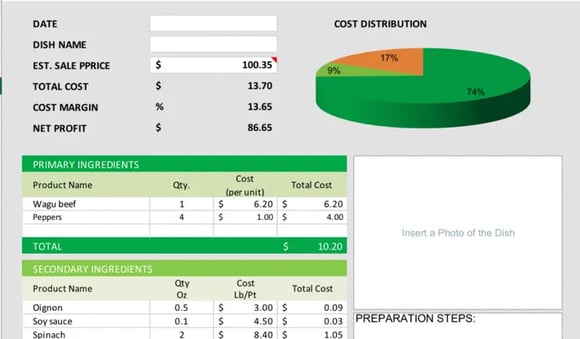
The calculator not only allows you the analyze the cost of each recipe based on profit margins, but to also attach important details such as notes, images, and potential allergies for each item.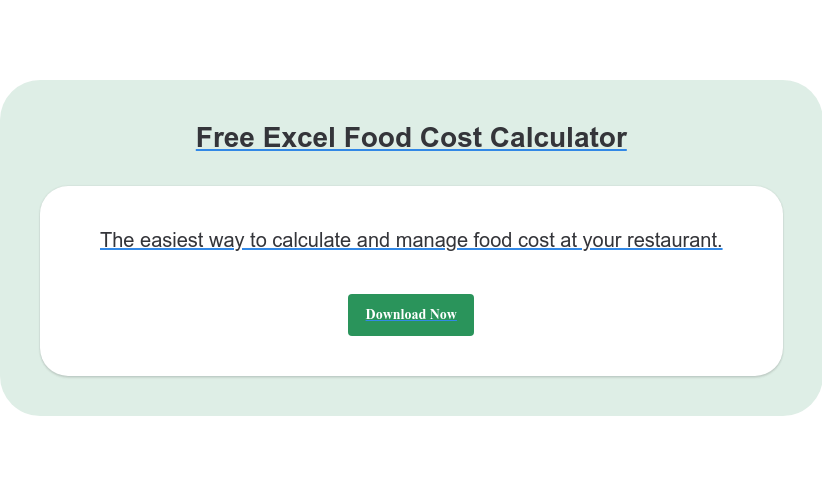 Take the time to price out all your recipes using the food cost calculator so you have an exact idea of how much each recipe is contributing to your profits.
Take the time to price out all your recipes using the food cost calculator so you have an exact idea of how much each recipe is contributing to your profits.
This will help you better understand their cost-effectiveness, and you can then concentrate on profitable recipes that make sense for your restaurant.














.webp?width=200&name=v2-15mknc-qpw1b%20(1).webp)
.webp?width=200&name=v2-15kqni-p0exl%20(1).webp)
-1.png?width=1812&height=1072&name=TripAdvisor%20%26%20More%20Bookings%20(1)-1.png)
-2.png?width=1812&height=1072&name=Google%20Bookings%20(1)-2.png)


-1.png?width=200&name=TripAdvisor%20%26%20More%20Bookings%20(1)-1.png)
-2.png?width=200&name=Google%20Bookings%20(1)-2.png)
-1.png?width=200&name=Instagram%20Bookings%20(1)-1.png)
-1-png.webp?width=200&name=Facebook%20Integration%20Rectangle%20(1)-1-png.webp)







.webp?width=200&name=download%20(1).webp)
%20(1)-2.webp?width=200&name=Eat%20(34)%20(1)-2.webp)
%20(1)-2.webp?width=200&name=Eat%20(18)%20(1)-2.webp)






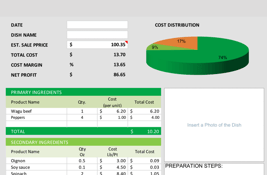
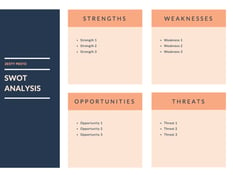
%20(1)-1.webp?width=314&height=175&name=Eat%20(62)%20(1)-1.webp)


.webp?width=144&height=72&name=Eat%20App%20Logo%20(3).webp)